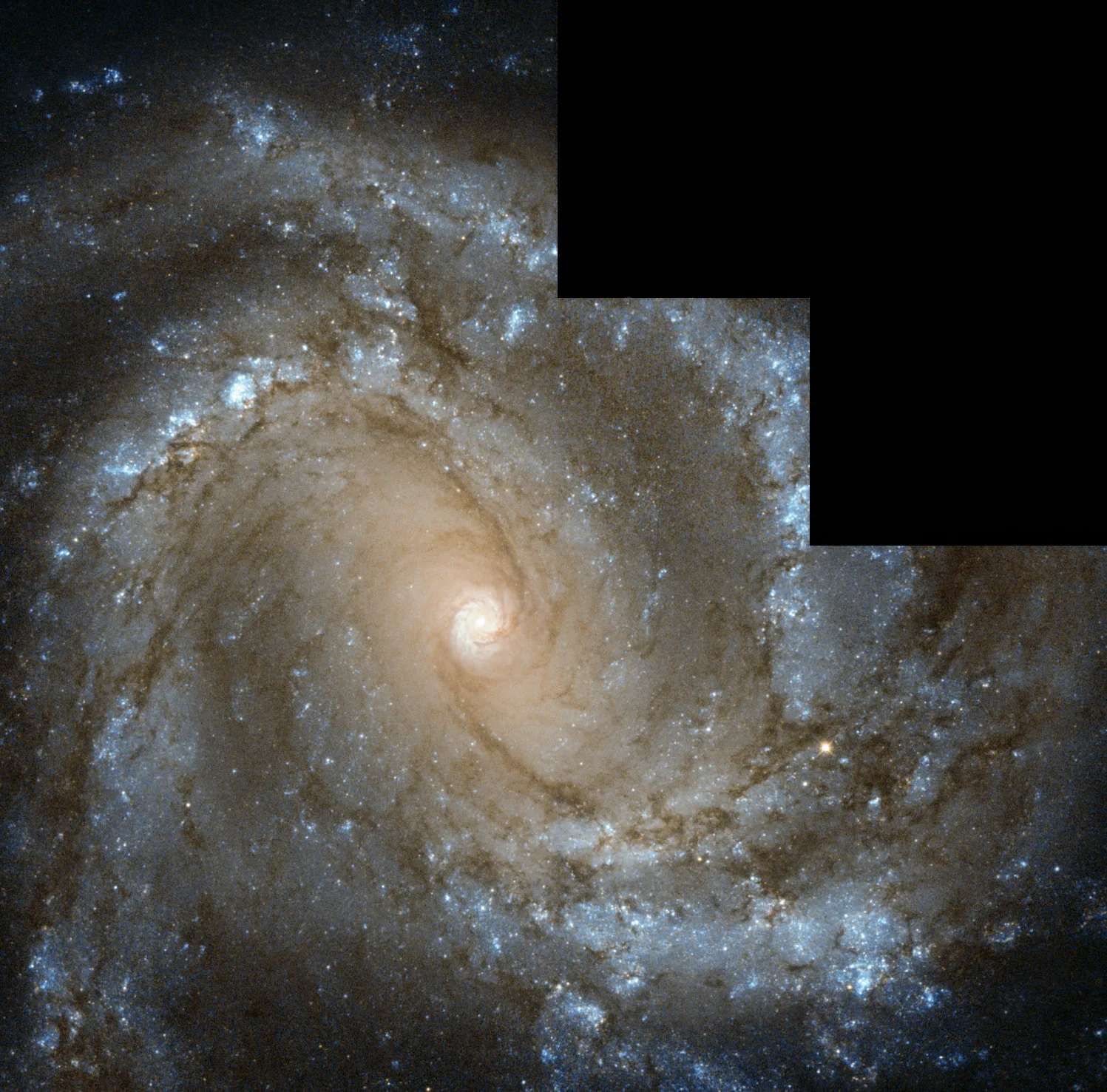M61 | NGC 4303 | Spiral Galaxy | Virgo | 52,500,000 Light Years Away
Messier 61 is a spiral galaxy located in the Virgo Cluster, cataloged by the French astronomer Charles Messier in 1779. Positioned approximately 52 million light-years away from Earth, this galaxy is part of the larger Virgo Cluster, a massive collection of galaxies. With its spiral arms and central bulge, Messier 61 exhibits the classic features of a spiral galaxy, making it an intriguing subject for astronomers studying galactic morphology and evolution.
Spanning a diameter of around 100,000 light-years, Messier 61 hosts a population of stars, gas, and dust distributed in its spiral arms. These arms contain regions of active star formation, indicated by the presence of bright, young stars. The study of spiral galaxies like Messier 61 provides astronomers with insights into the processes of star birth, the dynamics of galactic structures, and the evolution of galaxies within dense cosmic environments.
Messier 61’s position in the Virgo Cluster makes it a valuable object for astronomers investigating the interactions and dynamics within galaxy clusters. Galaxy clusters are essential components of the cosmic web, and understanding the behaviors and relationships of galaxies within these structures contributes to our knowledge of the larger-scale structure of the universe. Messier 61, with its distinct spiral structure and membership in the Virgo Cluster, adds to the ongoing exploration of galactic evolution and the interconnected nature of galaxies within dense cosmic environments.

